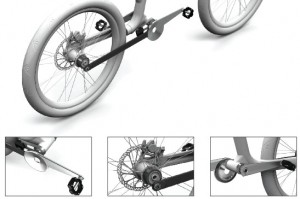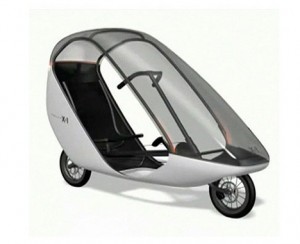I am busy working in China this week, so I haven’t had the chance to post anything on the blog. I do want to quickly pass a long a couple of interesting things before I get started today though.
 Jukka Kalliomäki is an industrial design graduate student at Lund University in Sweden. His thesis project is pretty interesting…it is a urban bicycle which features a push rod drive train concept with 2:1 ratio. You can see several of Jukka’s bicycle designs based on his drive system on his website.
Jukka Kalliomäki is an industrial design graduate student at Lund University in Sweden. His thesis project is pretty interesting…it is a urban bicycle which features a push rod drive train concept with 2:1 ratio. You can see several of Jukka’s bicycle designs based on his drive system on his website.
Mr. Jones Watches has released a new limited edition watch that was designed with two time hour record breaker (and bicycle innovator) Graeme Obree. Check out “The Hour” watch here, and see a video interview with Obree here.
 Finally, I want to mention the Sinclair X1 semi enclosed electric recumbent, which will sell for £595 (under 1,000 dollars). Though pedaling doesn’t seem to be the primary source of power (it has a 190 watt MCR pancake motor), it does have pedal assist (much better than all of the “electric bicycles” I have seen in China this week with no pedals at all). At the price point, the X1 seems like a great urban transportation solution for a lot of people. I would certainly like to try one out. Read more and watch the video at Autoblog Green and TreeHugger.
Finally, I want to mention the Sinclair X1 semi enclosed electric recumbent, which will sell for £595 (under 1,000 dollars). Though pedaling doesn’t seem to be the primary source of power (it has a 190 watt MCR pancake motor), it does have pedal assist (much better than all of the “electric bicycles” I have seen in China this week with no pedals at all). At the price point, the X1 seems like a great urban transportation solution for a lot of people. I would certainly like to try one out. Read more and watch the video at Autoblog Green and TreeHugger.

Leave a Reply to Mike Cancel reply